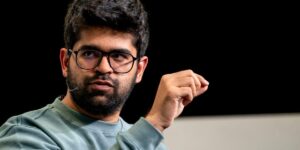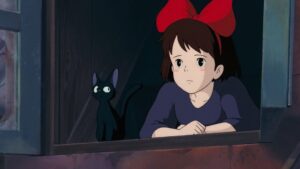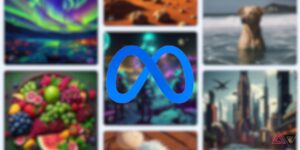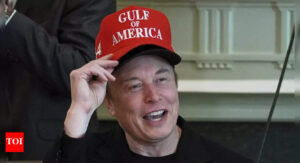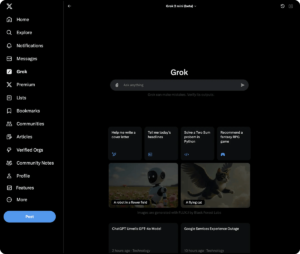OpenAI Takes Action Against Requests for Images in Studio Ghibli’s Style
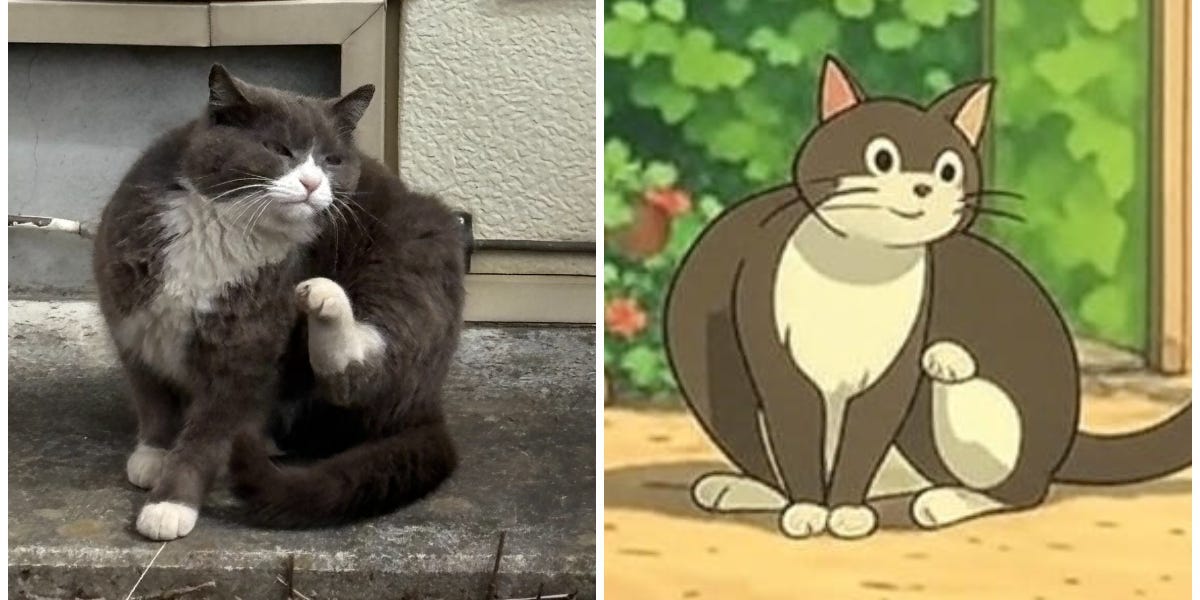
The Impact of Studio Ghibli-inspired AI Art on Social Media
Introduction of AI-generated Art
Recently, social media became a hub for whimsical images inspired by beloved characters from Studio Ghibli, the celebrated Japanese animation studio. Pet cartoons, family portraits, and humorous memes were transformed into stunning visuals reminiscent of Ghibli’s iconic style using an advanced model released by ChatGPT. This flood of AI-generated artwork sparked conversations among users, and even prompted humor from OpenAI’s CEO, Sam Altman.
Quick Shift in Availability
However, the joy of creating these adorable images was short-lived. By Wednesday night, OpenAI started to block requests for images specifically mimicking the styles of certain artists, especially living ones. The company highlighted that it aims to be cautious about how its new image generation technology interacts with existing artists’ work.
OpenAI’s Approach to Artist Copyright
OpenAI clarified its position by stating, “We added a refusal which triggers when a user attempts to generate an image in the style of a living artist.” A spokesperson elaborated that while they will still permit broader studio styles, the focus remains on protecting individual artists. OpenAI also mentioned that they are continuously learning from user interactions to fine-tune their content policies.
Influence of Studio Ghibli
The wave of Ghibli-style images brought to light the longstanding influence of the studio on fan art and memes. Notably, Hayao Miyazaki, the studio’s co-founder, has expressed critical views about AI. In a past presentation, he referred to AI-generated art as “an insult to life itself.” This perspective adds a layer of complexity to the discussions surrounding copyright and the ethical implications of generative AI.
AI Models and Testing Styles
Experimenting with Cat Images
When testing the new capabilities, users found varying results across different AI models. For instance, an experiment to transform a common cat photo into a Ghibli style met with obstacles as ChatGPT denied the request, citing content policy issues. However, switching to Grok 3 provided the expected whimsical results similar to “My Neighbor Totoro,” an endearing interpretation even if it featured an extra leg.
Conversely, Claude 3.5 Haiku struggled to capture the magic of Ghibli, presenting a less favorable output described as an “artistic interpretation” that failed to convey the intended charm.
Comparing Art Styles
In a series of follow-up tests, notable artists’ styles were also challenged. Requests for Jeff Koons’ sculptures produced shiny, metallic images from ChatGPT, while Grok succeeded in mimicking the feel of its lifelike variations. On the other hand, Claude’s output often diverged into unrelated or abstract forms, failing to align with the requested style.
The pursuit of transforming an image into Andy Warhol’s pop art style was similarly met with disappointment as ChatGPT blocked this request due to policy violations. In contrast, Grok delivered vibrant, dreamlike pop art interpretations, demonstrating the wide-ranging capabilities of current AI models.
Creative Variability
Claude’s approach yielded a multi-panel artwork devoid of any specific prompt input, adding a unique twist to its creative process. Each AI model showcased distinct characteristics, emphasizing the differences in their training and artistic interpretation abilities.
Ongoing Development and Concerns
Both xAI and Anthropic, developers behind competing AI models, did not respond to inquiries regarding their approaches to similar tasks. As generative AI technologies evolve, the questions of copyright, creativity, and ethical boundaries continue to form a significant part of the narrative surrounding these innovative tools.
The emergence of AI-generated art, particularly in styles inspired by renowned artists and studios like Studio Ghibli, underscores the ongoing dialogue regarding artistic integrity and technological advancement. As developers navigate these challenges, real-world feedback will play an essential role in shaping policies that respect and promote creativity in the digital age.


